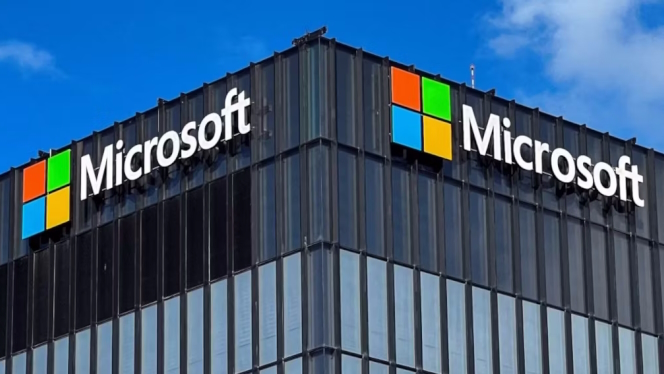TECH NEWS – The Redmond-based tech giant has come up with a proposal that could make ray tracing faster and more efficient in the future by allowing a component on your PC to help you get more out of it.
Ray tracing and path tracing techniques are showing up in more and more games. This can provide an evergreen, realistic visual experience, but at a cost (higher system requirements; you need something more modern, especially for the graphics card, but the technology also takes a toll on the processor). Microsoft has changed this with a document entitled “Systems and methods for processing ray tracing accelerated structure at the level of detail”.
The document states, “Increasingly, as part of video games and other such applications, ray tracing acceleration structures are explicitly edited or regenerated by the software to reflect the current set of potentially visible geometry. Such acceleration structures now compete for memory (both persistent (e.g., flash memory) and non-persistent (e.g., RAM) with other data, such as geometry and texture data.
This increase in the amount of memory used by acceleration structures has resulted in systems with significantly large memory requirements. In addition, the bandwidth required to fetch the large amount of data for acceleration structures has also increased proportionally. The systems and methods described herein help to minimize the space required for ray tracing acceleration structures. Accordingly, there is a need for systems and methods to better handle the data associated with the acceleration structures,” Microsoft writes.
What’s the point? Microsoft would like to see less VRAM required (Nvidia’s graphics cards are cheap in this regard), and in return they would store the data on the SSD and use the available RAM. Microsoft’s DXR API can also work with Direct I/O code, which makes good use of HDDs or SSDs (DirectStorage!), and as PCIe Gen5 SSDs start to proliferate and offer even higher speeds, the result could be even more exciting.
Microsoft’s idea is a good one. RAM is still cheaper (and 16GB is slowly becoming the minimum), and NVMe SSDs can be damn fast.
Source: WCCFTech, Google Patents


















Leave a Reply